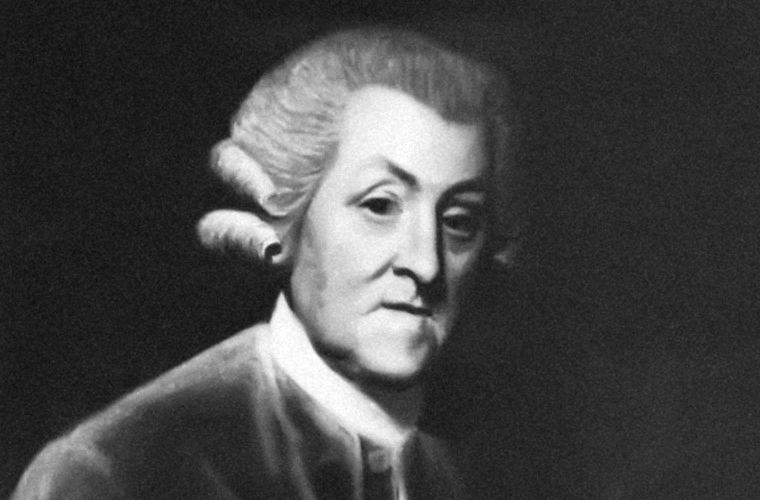The second son of William Hawkins, a wealthy West Country merchant trader, John Hawkins was born at Plymouth. As a youth, he made a number of voyages to the Spanish-held Canary Islands, where he first learned of the profits to be made from selling African slaves in Spain’s American colonies. In 1559 he married Katharine Gonson, the daughter of the treasurer of Queen Elizabeth I’s navy. Gonson and his friends helped supply Hawkins with three ships for his first slaving voyage, in 1562.
Ignoring Portugal’s nominal control over Africa, Hawkins captured several hundred people into slavery. Sailing to Cuba, he exchanged his live cargo for enough “hides, ginger, sugar, and pearls” to fill his original fleet and two more ships. By September 1563 he and three of his vessels were safely back in England; the others had been sent to Spain.
English trading rights with Spain and its possessions had been secured by treaties in the reign of Henry VII. The Spanish maintained that their American colonies were not included in these agreements and virtually prohibited foreign trade with the New World. Since Hawkins had failed to obtain a proper license, his ships that reached Spain were seized, and their rich cargoes confiscated.
Although Hawkins’s efforts to regain his goods proved futile, his profits were enormous. Courtiers and nobles joined merchants and naval officials in backing a new expedition in 1564, and Elizabeth loaned Hawkins a ship, the Jesus of Lubeck. After some fighting against Africans, the slave-laden fleet made a slow passage to the Venezuelan coast. There the English found that the Spanish government, alarmed by Hawkins’s earlier activities, had forbidden the colonists to trade with foreigners. To persuade them to break the law, Hawkins landed armed parties which (without actually fighting anyone) “captured” towns long enough to set up a brisk trade and to provide alibis for nervous local authorities. The profits of this voyage far exceeded those of the first, and a third expedition seemed inevitable.
Moderates on the Privy Council blocked the intended voyage for a year, during which time Hawkins’s fleet, anchored in Plymouth harbor, fired on several Spanish ships which had attempted to approach too closely. By October 1567, while the Spaniards were still protesting this incident, Hawkins sailed for the west coast of Africa. With him again was the Queen’s Jesus and, among some smaller ships, the Judith, commanded by his relative Francis Drake.
At first, all went as before. Portuguese and Africans alike were unable to resist the English, and the Spaniards in the New World were readily coerced into illicit trade. Then, in September 1568, pleading the effects of a storm on his flotilla, Hawkins put into the Mexican port of San Juan de Ulla (Veracruz), where he hoped to sell his remaining cargo while refitting. A day later a well-armed Spanish fleet anchored in the harbor. Despite pledges of good faith, fighting broke out, and the English had the worst of it. Hawkins was forced to abandon most of his companions, goods, and ships and, after an agonizing passage, reached England in January 1569.
Forbidden to attempt the forcible release of his friends, Hawkins pretended to join the service of the King of Spain. With the approval of the Privy Council, he so deceived Philip II that the King released the captives, made Hawkins a grandee, and sent him £40, 000; the voyage had finally shown a profit.
During the 1570s and 1580s, Hawkins left the sea. He became a member of Parliament for Plymouth, survived an attempted assassination, and succeeded his late father-in-law as treasurer and then as comptroller of the navy. Hawkins prospered in his new posts; while his ethics were certainly questionable, he made many improvements in naval construction.
When war came with Spain in 1587-1588, the English ships designed and fitted by Hawkins proved far superior to those of the enemy. As commander of the Victory (built to his specifications) and rear admiral of the fleet, Hawkins was knighted for his part in the English victory. Paradoxically, Spain’s navy improved after its defeat, and Hawkins’s first post-Armada venture in company with Martin Frobisher was a dismal failure.
By August 1595 Hawkins was at sea once more; as second-in-command to Drake, he went again to the West Indies on what was to prove an English disaster. Hawkins, however, died before the voyage was well underway and was buried at sea off Puerto Rico on Nov. 12, 1595. Hawkins willed a large sum of money to Elizabeth, but his most valuable legacy was to the nation as a whole: the eminently seaworthy ships he had designed and built.

